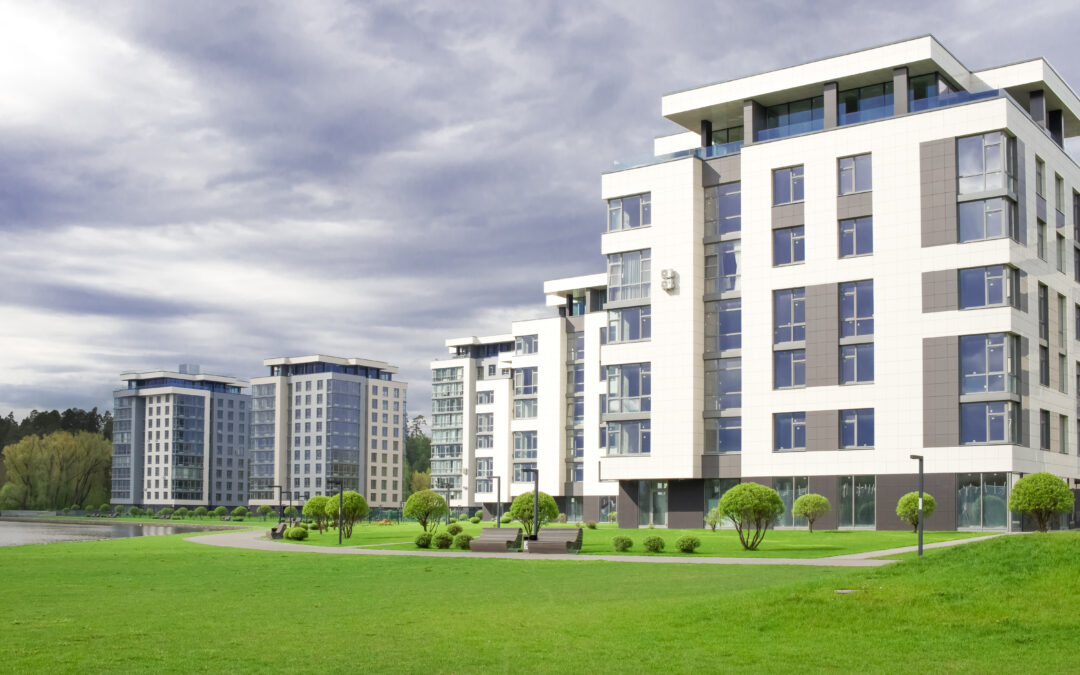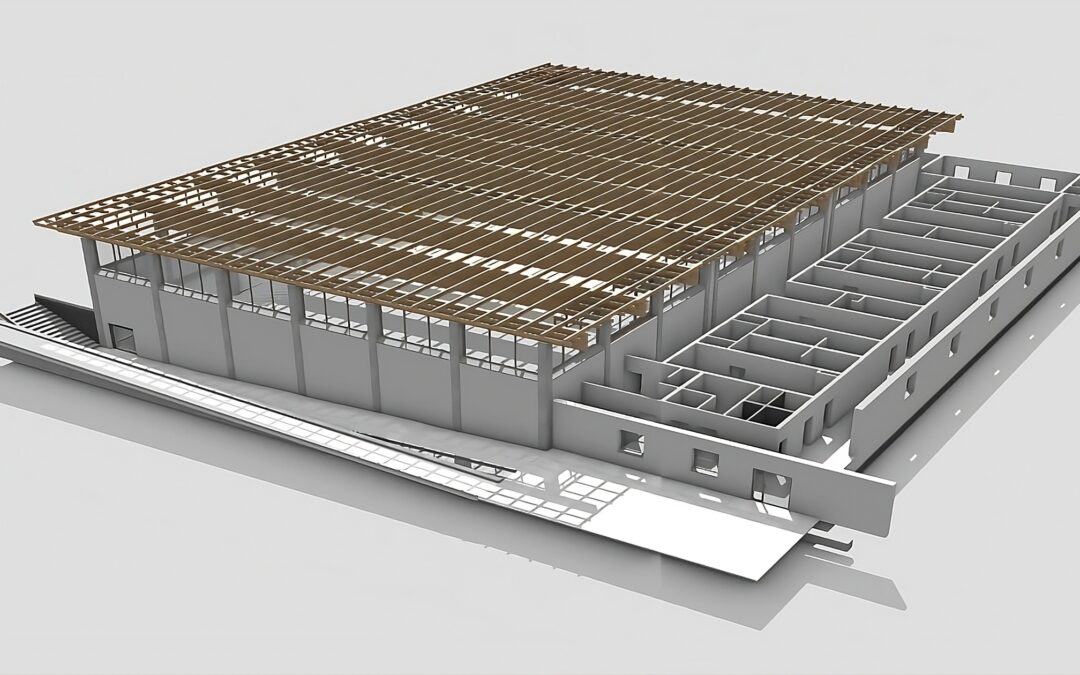The United Nations estimates more than half of the world’s population is living in urban areas and cities are morphing into megacities (cities with a population greater than 10 million). Between 1995 and 2015, the number of megacities around the world grew from 14 to 29. The transition to hyper urban density is not a new phenomenon, but it is transforming how we live, work, commute and enjoy our surroundings.
The urban sprawl that has dominated almost every major city for decades has become increasingly difficult to manage during the pandemic. It is reliant on extensive and on-going infrastructure investment and hampered by increasing travel times and now, potential health risks. As cities transition to the ‘next normal’, one of the most powerful themes will be proximity. That is, proximity to places of work, families and the places that are integral to daily life.
It is this theme that is expected to drive the continued growth in vertical urbanism and the need to build tall. 2021 has seen city planners, architects, engineers and developers – grasp the vertical, as they seek to overcome the combined pressure of costly infrastructure and the environmental damage that comes with urban sprawl. The buildings and cities of today and tomorrow, will combine living quarters, commercial, retail, medical and education facilities, under the one roof or at the very least, in close proximity.
Vince Betro, Director – Buildings & Property, East Coast at BG&E says, “We have an esteemed history in delivering tall buildings, which began in Perth in 1988, with Central Park tower. It was the tallest building in the country at the time. Our portfolio of tall buildings spans the globe, including the Middle East, which is a mecca for complex structures, and we have also been involved in landmark buildings in the United Kingdom and Europe.”
Vertical cities and the combination of services allows more efficient use of energy, shared and reduced costs and larger dedicated green spaces. They are powered by innovative technology that streamlines the movement of people and contributes to an improved quality of life (via improved connectivity and reduced commuting).
This urbanisation is being supported by several important trends in the Building, Engineering and Construction sectors, ranging from new and innovative building practices to cutting edge construction materials. For instance, 2020 saw the announcement of the world’s largest predominantly prefabricated residential building in Asia. Reports suggest as much as 80 per cent of the construction will be completed off-site.
In some cases, the growth in prefabrication enables greater efficiency and shorter construction timeframes, along with better use of resources. With many inputs able to be constructed in controlled conditions, quality is assured with less impact on the surrounding communities, compared to traditional/non-prefabricated. This approach also potentially increases the development opportunities in already dense cities by reducing the amount of construction and other equipment required on site.
The year has also seen the emergence of alternative building materials that were not traditionally suited to taller buildings.
Timber has been a key beneficiary, with Australia at the heart of two of the world’s leading timber building constructions and set to be home to the largest of their kind in the world.
Despite the pressures facing the world’s cities, 2021 was a historic year for vertical urbanism.
Vince adds, “Our teams are dedicated to developing the metropolises that we call home. Vertical urbanism is about designing buildings that create a positive economic, environmental and social impact.”



